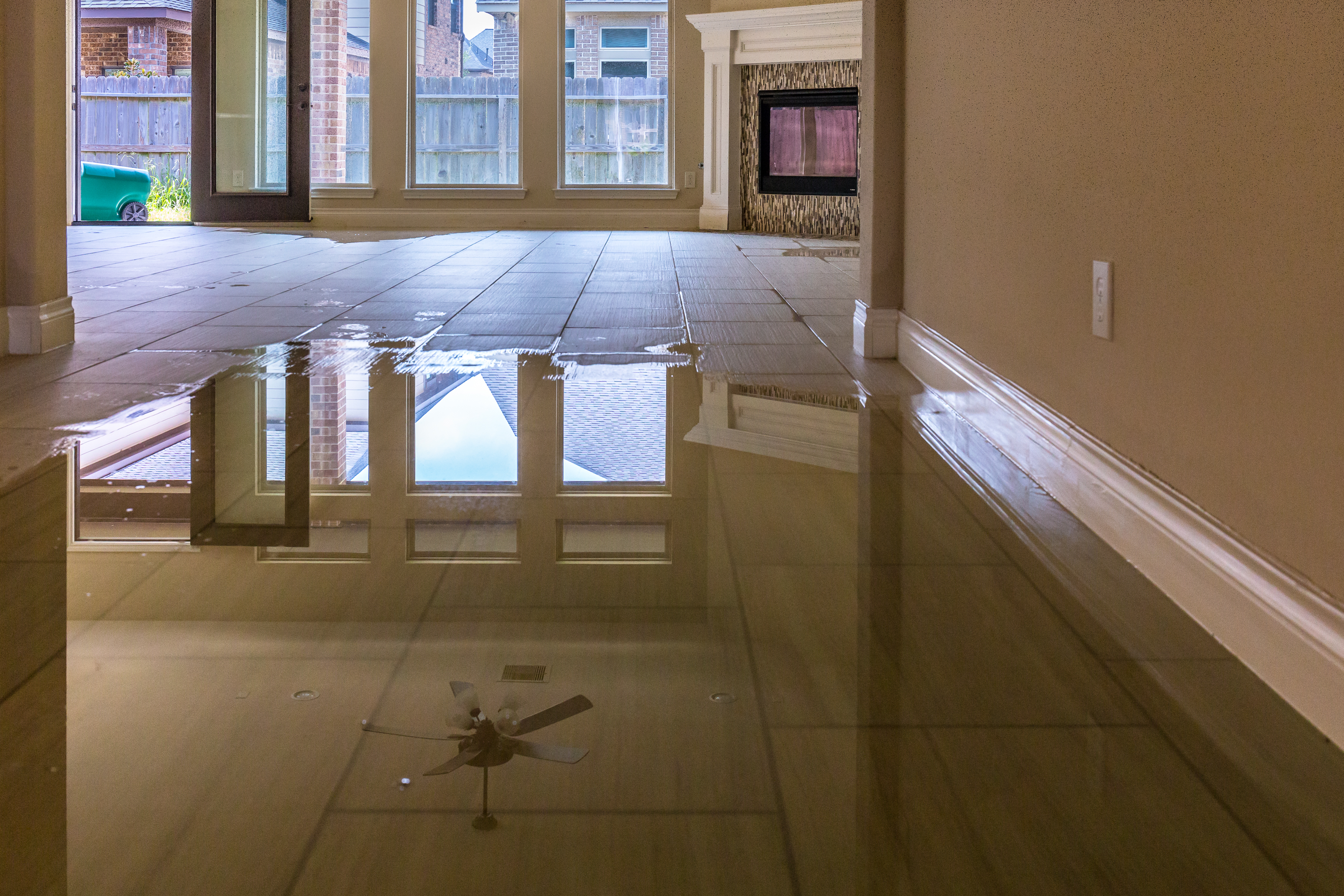Exactly How to Prevent Water Damage in Your Bathroom
Exactly How to Prevent Water Damage in Your Bathroom
Blog Article
We've discovered this post relating to Looking for Signs of Water Damage in the Bathroom listed below on the net and figured it made perfect sense to write about it with you on this site.

The shower room is extremely susceptible for damp buildup and also potential water damage because of the constant use water in it. This article offers easy assessment methods to assist identifying water damages hazards.
The frequent use of water in the restroom makes it very prone for wet buildup and also possible water damages. By inspecting it routinely, you can reduce water related damages.
The following set of evaluations is simple to carry out as well as ought to be done when in every three months in order to keep your restroom in good shape as well as to avoid potential water problems triggered by the bathtub, the shower, pipe joints and also plumbing, sinks, closets, as well as the bathroom
Do not overlook performing these examinations and also be complete while doing them. Keep in mind that these simple examinations can conserve you a lot of money by giving very early indicators for water damage
Sinks and also Cabinets
Sinks as well as cabinets are revealed to dampness as well as humidity day-to-day as well as are frequently forgotten. Check frequently under the sink and on the kitchen counter above it. Repair any kind of drip in the trap as it might recommend drain issues. Look around the sink, slow-moving draining pipelines may indicate an obstructed drainpipe. Replace sink seals if they are fractured or loosened.
Tub and Shower
The shower and also tub require unique interest and upkeep. Inspect the floor tiles as well as replace if fractured. Make certain that there is no missing cement between the tiles. Evaluate as well as change broken caulking at joints where the wall surfaces satisfy the floor or the bath tub. Blocked drains pipes as well as pipes troubles will protect against the tub from drying and also might suggest significant issues under the tub. Consult with a professional promptly to prevent structural damages. Take note of stainings or soft areas around the tub wall surfaces as they may suggest an inner leak.
Plumbing
Signs for water damages are tough to discover given that most pipes are mounted inside the walls.
Pay special interest to floor covering and wall surfaces dampness and spots as they might indicate an unnoticeable plumbing trouble. Check moisture degrees in adjacent rooms also.
The Bathroom
The commode is a vulnerable water junction. Inspect the water lines and also search for leaks around the bathroom seat, in the tube, and also under the water tank. If you spot any type of indicators of dampness on the floor around the toilet, check for leakages in the toilet edge and also tank seals.
Understand that hanging bathroom dish antiperspirants raises the chances for clogs.
TIPS TO PREVENT WATER DAMAGE IN THE BATHROOM
The average household uses approximately 80-100 gallons of water per person per day. For a family of 4, that's almost 2,500 gallons of water a week! The largest portion of this consumption comes from bathroom use. Flushing the toilet uses the most water, followed by taking a shower or bath. With that much water running through the home, water damage in the bathroom is bound to happen. Knowing how to spot signs of a water leak is essential to preventing long-term damage. This guide provides you with tips to reduce the impact of water damage on your bathroom.
CAUSES OF BATHROOM WATER DAMAGE
Pipe breaks are the most common cause of water damage we see in our daily jobs. The age of a pipe plays a large role in a pipe break as well as corrosion. Over time, the metal begins to break down, allowing water to escape. Frozen pipe breaks are also a concern in the winter months. Toilet overflows caused by paper products or children flushing inappropriate items. Degraded caulking around the toilet or bathtub can allow water seepage, sometimes behind the fixture, into the subfloor or walls. Condensation forms when the water in a pipe is cooler than the air temperature. Beads of water form on the exterior of the pipes, sometimes so much so that the water begins to drip and pool below. Sink or shower backups created by poor drainage. HOW TO PREVENT WATER DAMAGE IN YOUR BATHROOM
Inspect your toilet supply line for worn or frayed hoses and replace them as needed. Winterize your plumbing to prevent a frozen pipe break. Use vent fans to prevent condensation that can lead to mold growth. Routinely check and replace degraded caulking around your toilet or bathtub. Increase the temperature in your toilet tank and insulate your pipes during the warm summer months to keep condensation from forming. Use child safety locks on the toilets. Flush only toilet paper. "Flushable" wet wipes are actually not good for your plumbing system. Additionally, feminine hygiene products should not be flushed. Prevent water from escaping the tub or shower. Make sure shower curtains are in good condition. Inspect shower doors and replace the seal strip if necessary. Wipe up any water that accumulates on the floor and use bath mats. Water left to sit can cause damage to the tiles and flooring. Refrain from using bath products containing heavy oils to avoid a clogged drain.

I hope you liked our part about How to Repair and Prevent Bathroom Water Damage. Thanks a lot for taking time to read through our short article. Feel free to set aside a second to distribute this blog if you liked it. Many thanks for your time. Visit us again soon.
Visit My Website Report this page